Published: 21st April 2024 | Author: Tanya Russell
Patina is the term used to describe the coloured coating that forms on the surface of bronze sculptures, either naturally – over time, or through the process of foundry patination, (sometimes also known as antiquing). Foundry patination, followed by the natural development of the patina, gives rise to a range of colours, textures, and finishes, which contribute to the unique character and aesthetic of bronze sculptures.Natural patination is a result of the natural oxidation process that bronze undergoes when exposed to air, moisture, and other environmental factors. However, it is used almost exclusively in reference to the alteration of the original, artificial foundry patina. A better patina can influence the value of a statue.
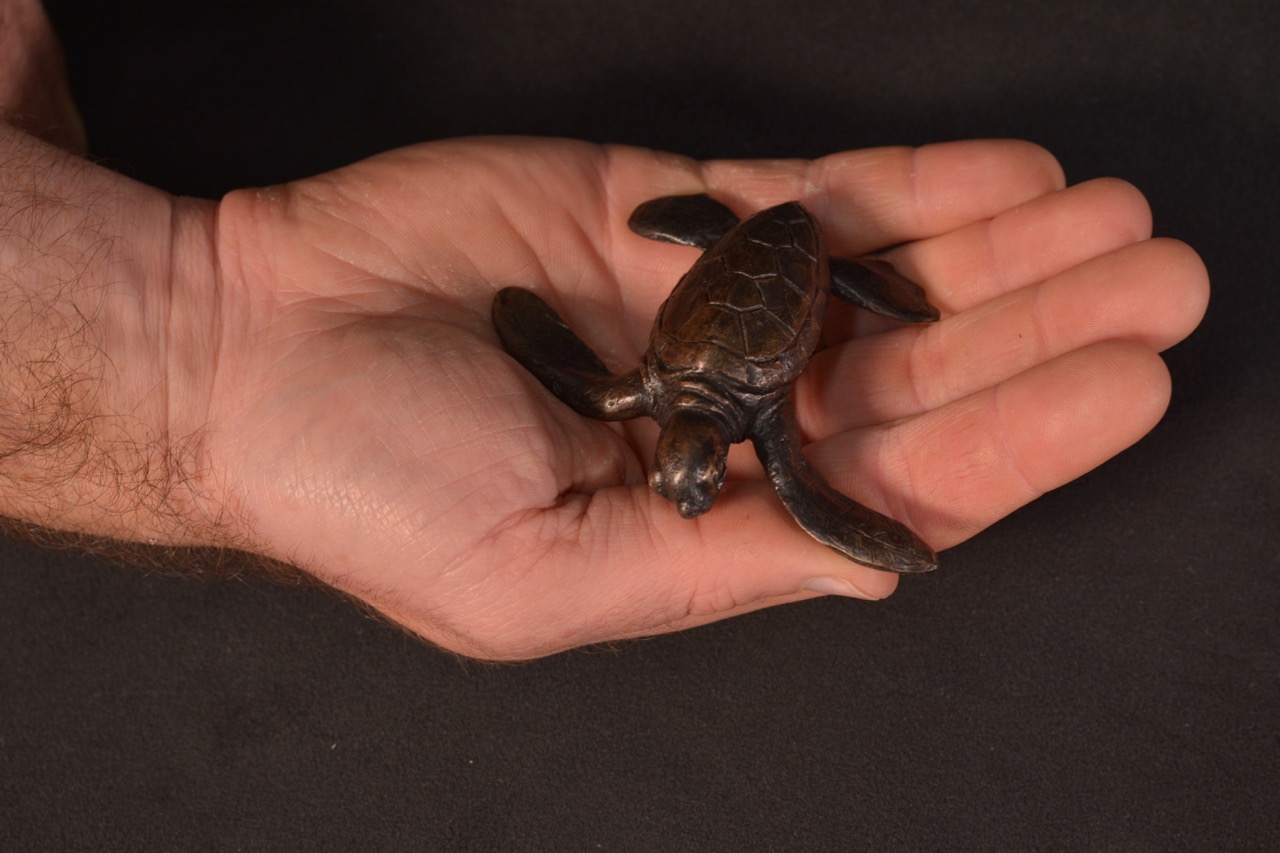
Above Left: Classic bronze patina
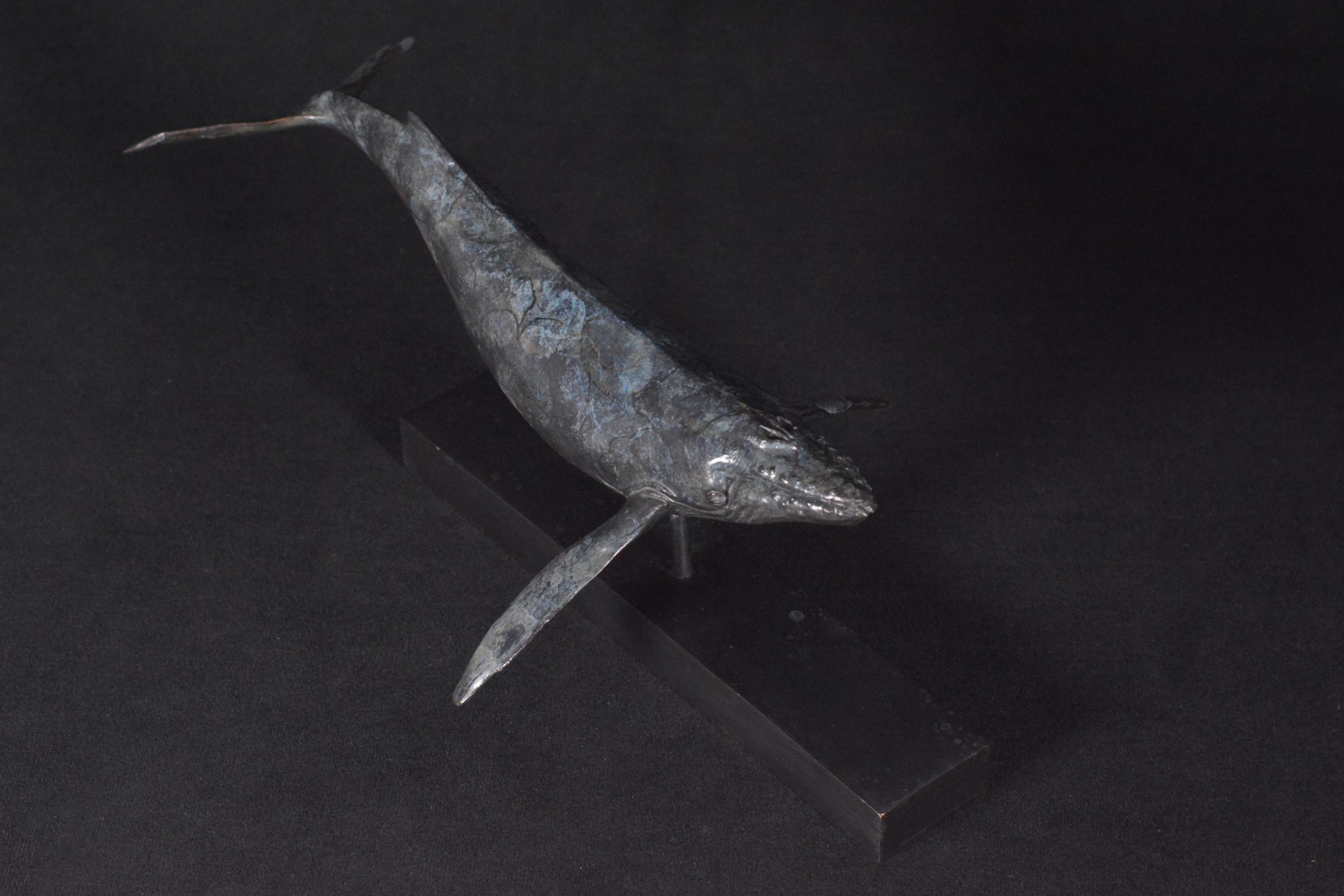
Above Right: A blue marbled bronze patina
Patina Explained
At its core, patina is a protective layer that forms on the surface of bronze. Bronze does not rust, like steel, (though it can corrode, particularly in the presence of chlorides, such as those found in sea water). While bronze is used due to its enormous resilience, the patina still acts as a barrier against corrosive elements. It also provides an opportunity to enhance the visual appeal of an artwork with sympathetic or interesting colours.
The patina consists of various chemical compounds, such as oxides, sulfides, and carbonates, which develop through a series of chemical reactions between the metal and its surroundings.
Patina is not static, but continues to evolve over time, responding to changes in the environment and the sculpture’s exposure to light, humidity, natural chemicals, artificial chemicals, and pollutants. As a result, each bronze sculpture develops its own distinct patina which changes over time. A patina that stays the same for many years may be important for outdoor statues. Indoor sculptures may be coloured with less long-lasting and colourful patinas.
As the colour of the sculpture is important to its aesthetic, the patina itself is protected using a layer of wax (or in some cases laquer).
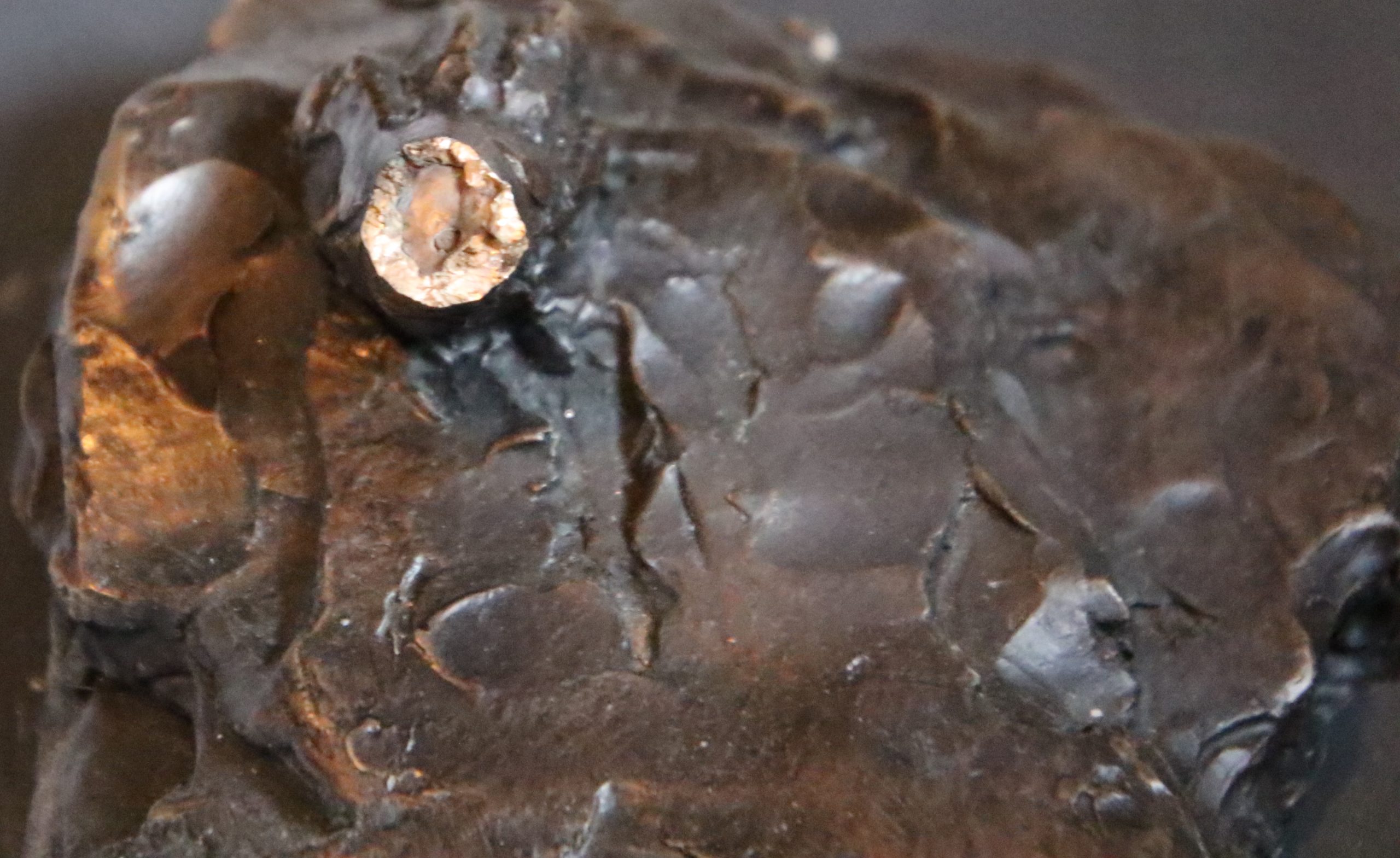
Above: The bright gold colour is unpatinated bronze, the various brown, bronze and red colours are all part of the patina.
The unprotected gold colour of the unfinished bronze will change colour very rapidly and unpredictably (usually going black), so artist’s may pre-empt this, antiquing the bronze with a stable attractive chosen colour.
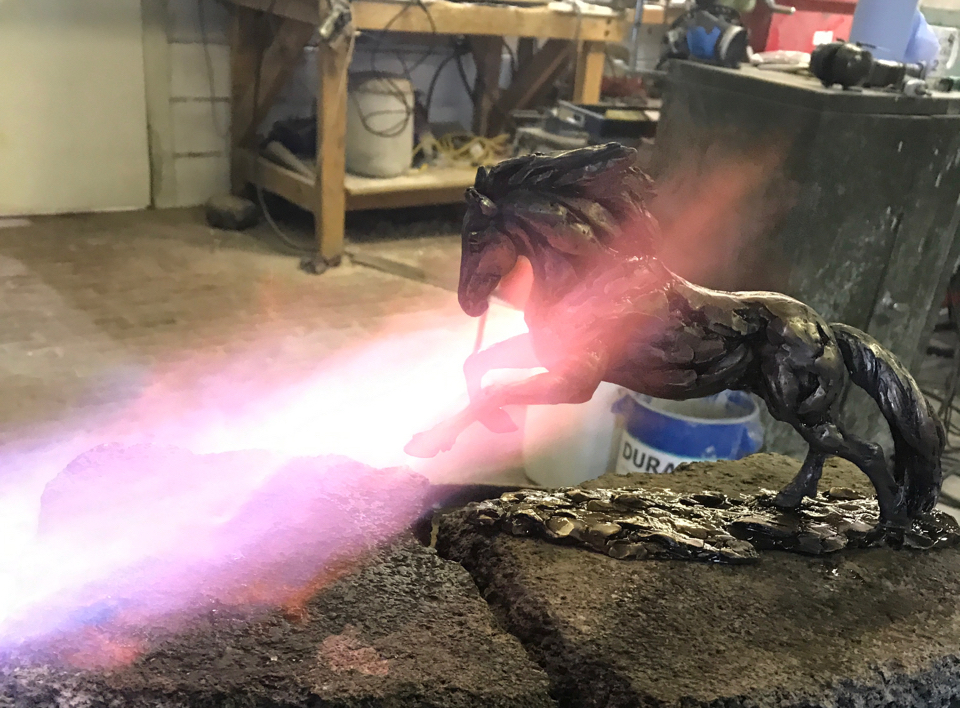
Above: Patination process for a bronze sculpture using chemicals and heat
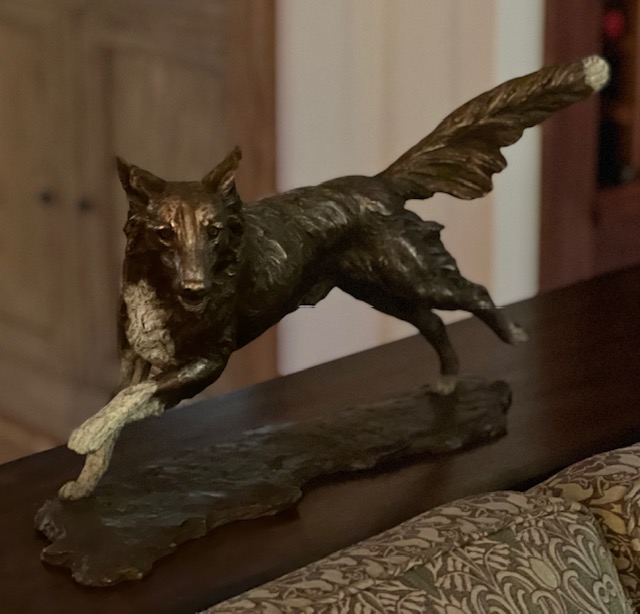
How Do Bronze Sculptors Achieve Different Patinas?
Bronze sculptors use a variety of techniques to achieve different patinas, each resulting in different colours or textures. These techniques involve the application of chemical compounds onto the surface of the bronze, which reacts with the metal to produce the desired patina.
One common method is the using patina solutions through brushing, spraying, or immersion. These solutions often contain a mixture of chemicals such as potassium sulphide, ferric nitrate, and cupric nitrate, which react with the bronze to create colours from rich browns and greens to vibrant blues and reds.
Sculptors can also use heat or oxidation to alter the appearance of the patina. By heating the bronze to specific temperatures or exposing it to controlled environments, they can accelerate the oxidation process and produce different colour variations.
Sculptors can also use various surface treatments and finishing techniques, such as polishing, buffing, or etching, to further enhance the appearance of the patina and create specific visual effects.
How Long Does it Take to Achieve the Desired Patina?
The time it takes to achieve the desired patina varies depending on several factors, including the desired effect, the chemical composition of the patina solutions, and environmental conditions.
In some cases, sculptors may achieve the desired patina relatively quickly, within a matter of hours or days, by applying concentrated patina solutions or employing accelerated oxidation techniques. There are some cases of sculptors carefully monitor the progress of the patina over days and months, though this is not common. Meanwhile, natural patinas take years to develop, and may still change for decades after that.
Left: Bronze can be patinated many different colours, though these special colours may be more suitable for indoor sculptures. Painted sculptures are not the same as chemically patinated sculptures and painted finish has a shorter lifespan under most conditions.
How Bronze Patina Adds Interest, Depth, and Dimension to Sculptures
Bronze patina plays a crucial role in enhancing the visual appeal of sculptures, adding interest, depth, and dimension to the artwork. Sculptures do not need to patinated an antiqued bronze colour. They can be patinated blue, green, white, red and black, among other colours, and there are many hues available to the experienced foundry patinator.
The trouble with interesting patinas is that they are often less long-lived than the traditional foundry bronze colour, most notably when exposed to the weather. The hardest wearing colours outdoors are brown bronze, green and black. The shortest-lived bronze patina colours include whites, yellows and reds. The same chemical colouration method that created the vibrant hues in the first place is also the reason why colours change rapidly when exposed to weather, heat, humidity, environmental chemicals and pollutants. Indoors however, the vibrancy and longevity of patina colouring makes coloured bronzes more attractive as their bright patinas will be longer lasting.
Patina can imbue sculptures with a sense of history and authenticity. The subtle variations in colour and texture tell a story of the sculpture’s exposure to the elements, its environment, and the hands of its creator.
In conclusion, patina is an integral aspect of bronze sculpture, contributing to its complexity and appeal. Through patination, bronze sculptors create artworks that are unique and ever changing.
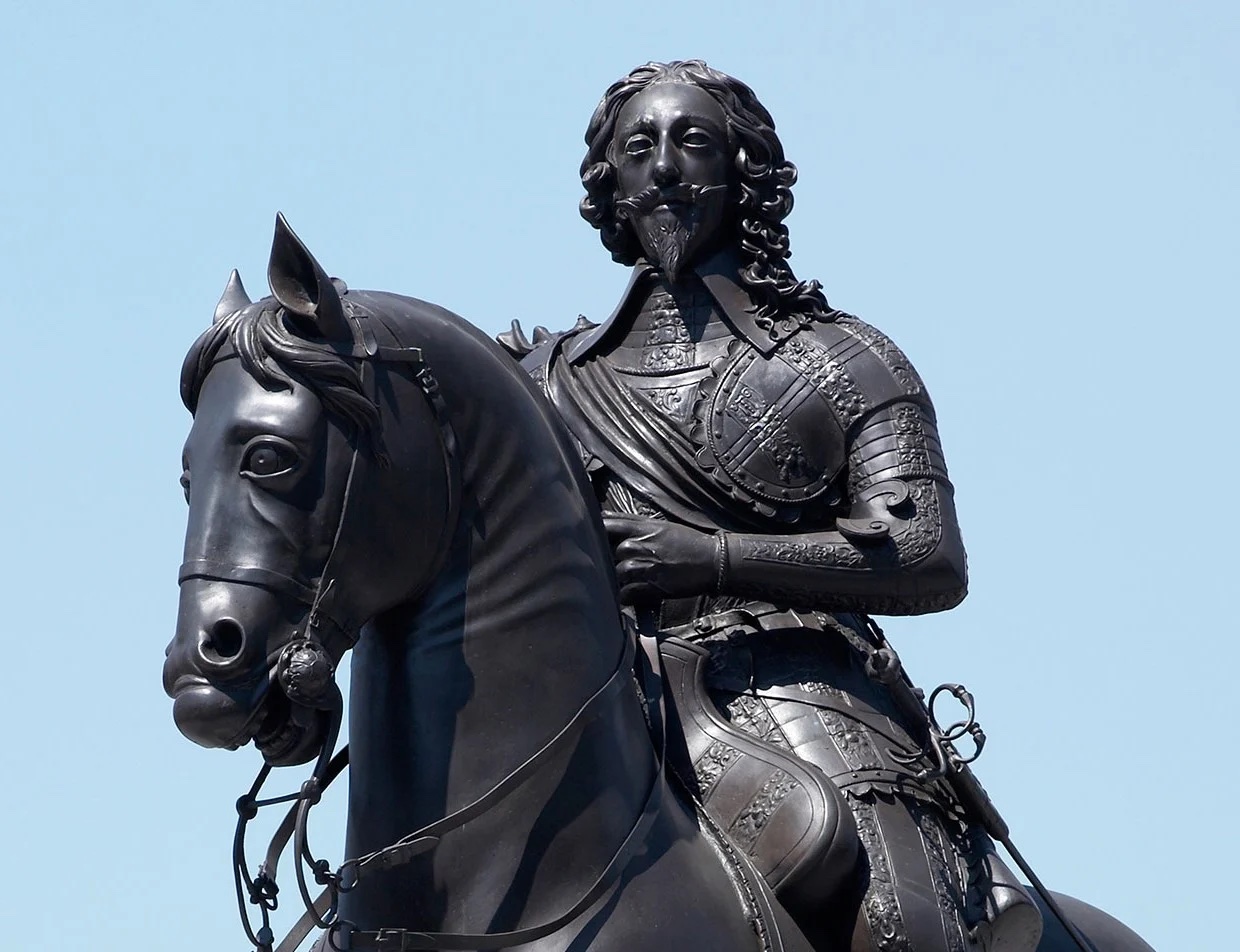
Above Left: An old public bronze statue will tend to turn black

Above Right: The gold bronze dog is likely to change colour faster than the brown bronze dog
Explore Related Articles
ASTON VILLA F.C. unveils my Lion to celebrate their 150th year
Due to be unveiled in May, I have created a to scale clay, which is now being cast in Foundry Bronze metal
How to measure your dog in a Lying Down pose, for a customised statue commission
If you think you might want a statue in the future, it can be a good idea to take some measurements of your own dog. Here’s how to measure them in a lying down position.
Sculpture plinths, pedestals and columns for statues
Finding the right plinth or pedestal for your statue: including a list of suppliers, some examples of different type of pedestal, how to make your own a plinth, how to fix a statue onto a plinth.

Tanya Russell MRBS
Bronze Sculptor
Tanya Russell has become well known over the last 30 years for her life-like and vibrant animal sculptures.
Having apprenticed for 7 years with her parents, sculptors Lorne McKean FRBS and Edwin Russell FRBS and after practicing as a sculptor for a number of years, she founded the The Art Academy in London Bridge, now a thriving art college. She has completed many public and private commissions nationally and internationally.
For Tanya, her practice is not only about capturing the animals she sculpts with marks and movement. It’s about our relationships with those animals and their welfare.

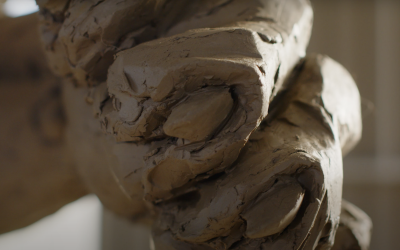
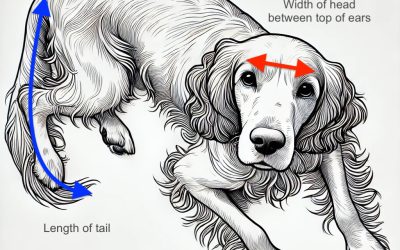
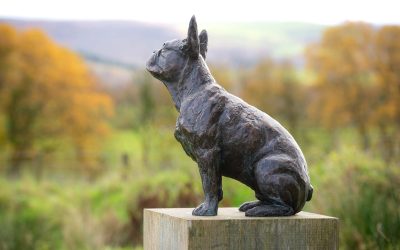
Follow The Artist
Keep up to date with Tanya's latest work!